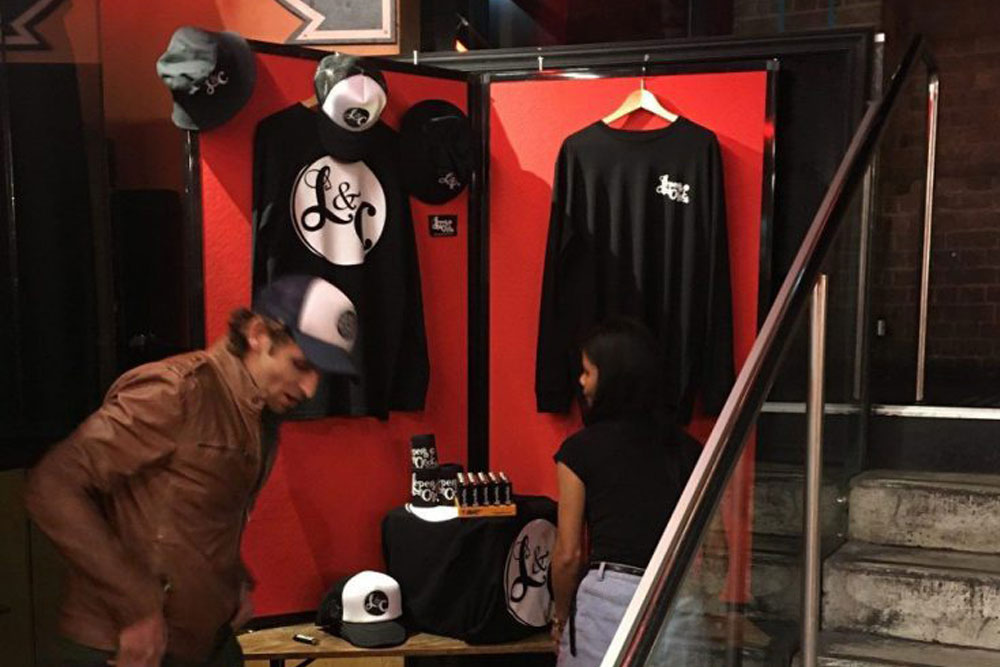Pop-up shops are short-term, temporary retail “stores.” A pop-up shop may be here today but gone tomorrow, and that’s the appeal of it. You can set up your pop-up shop in unique places to correspond with public events, advantageous shopping days or your own schedule.
Some people use pop-up shops to test new revenue streams without having to invest the capital necessary for physical retail locations. Others use pop-up shops to engage customers offline if they usually reach them via an online store. You can also use these temporary “shops” to create a “get it while it lasts” strategy or to market for a brief period of time during a holiday or seasonal event.
Whatever your reason for using a pop-up shop, you’ll need to create a backdrop that will allow you to showcase your products and create a pleasant shopping experience for your customers. And ideally, you’ll be able to do this without spending much money.
In this post, we’ll offer some tips to help you design a cheap and easy pop-up shop.
Create a Floor Plan
Yes, a pop-up shop is very different from a physical retail store, but you still need to carefully plan your layout. Consider how you want visitors to experience your pop-up shop. Where do you want their attention to go? What teasers can you place around that focal point? How will traffic flow through your floor plan?
Draw out your plan or use a floor plan app so you can examine your design from all different angles. With pop-up shops, people approach your “store” from different angles, so it’s important to make sure your design is attractive and functional before you start making acquiring partitions, tables and shelving.
Choose Your Colours
Colour is an important part of the design, and with a pop-up shop, the colours you choose will also have a big impact on your branding. People will more easily recognise your shop if it matches the colour and design they’ve previously associated with your products and services.
If you already have the walls for your pop-up shop but they don’t match your branding, consider painting them or covering them with fabric. You could also choose one wall as an accent wall to incorporate your brand colours without overwhelming the senses.
Acquire Your Partitions
If you haven’t yet bought your partition walls, choose carefully. For a pop-up shop, it’s helpful to choose partitions that allow you to hang items on the walls. Many fabric-covered partitions give you the ability to use push pins or Velcro on which to display signage, artwork or products.
You’ll also want your portable partitions to be lightweight and easy to move and store. If you create a pop-up shop that is convenient and simple to move and set up, you’ll be more likely to take advantage of last-minute selling opportunities.
Consider Your Props
What items can you incorporate into your pop-up shop that are both useful and design-worthy? Instead of hanging items on a metal pole, why not try a tree branch? Use wine boxes for shelves or even for a counter. Place smaller items in wicker or wire baskets. Be creative in the way you use your props, but don’t include items that are difficult to transport or that take up too much functional space.
Make It Easy to Pack Up and Move
Once you’ve designed your cheap and easy pop-up shop, make sure it’s transportable. If possible, get storage containers with wheels so you can manage most of your pop-up shop materials by yourself. You’ll appreciate these efforts later on when you’re tired after a long day of selling. Make life easy for yourself with thoughtful storage and transportation planning.
For more information about the best kinds of portable partitions for your pop-up shop, get in touch with us at Portable Partitions. With all of our varied, affordable products, we have the perfect partitions for you.







